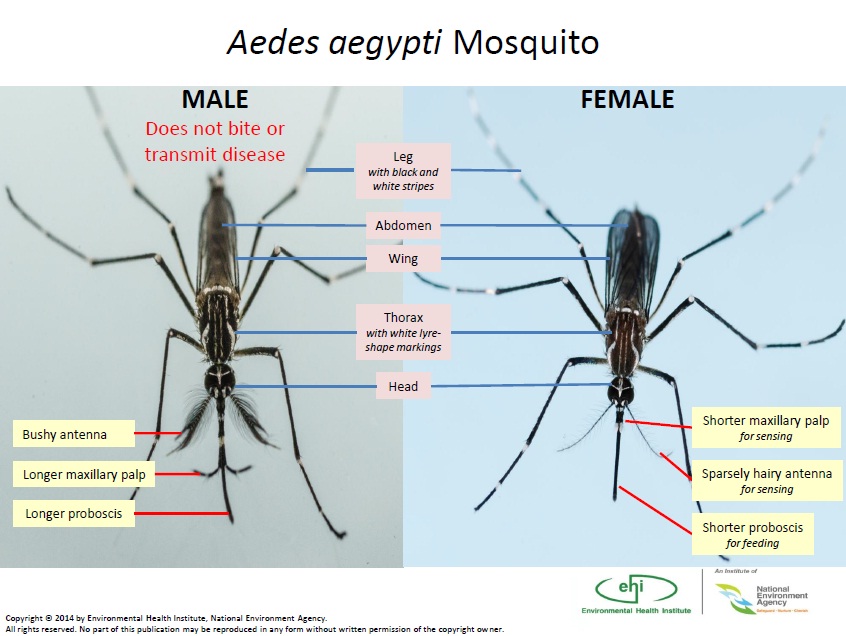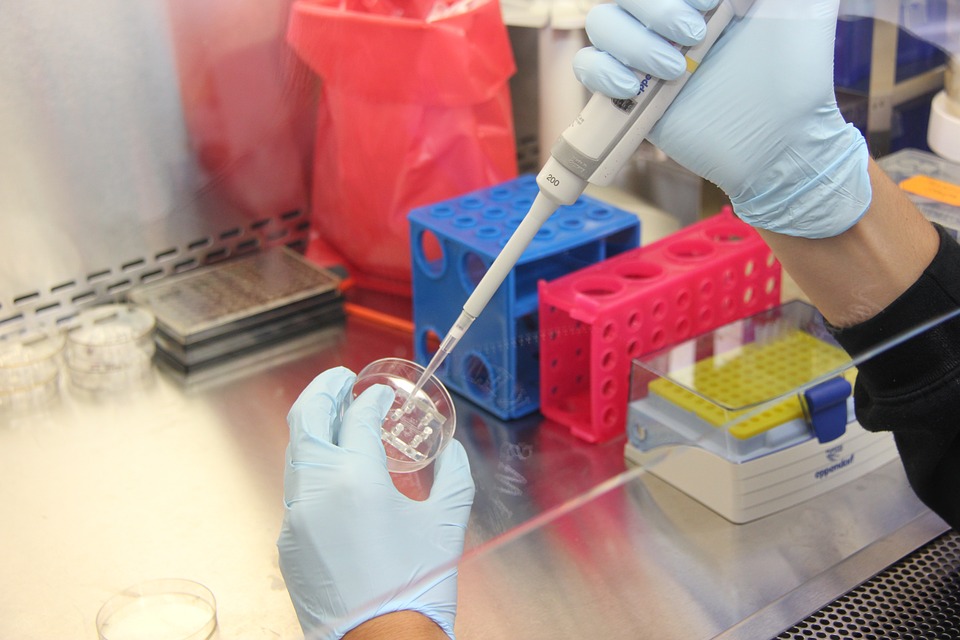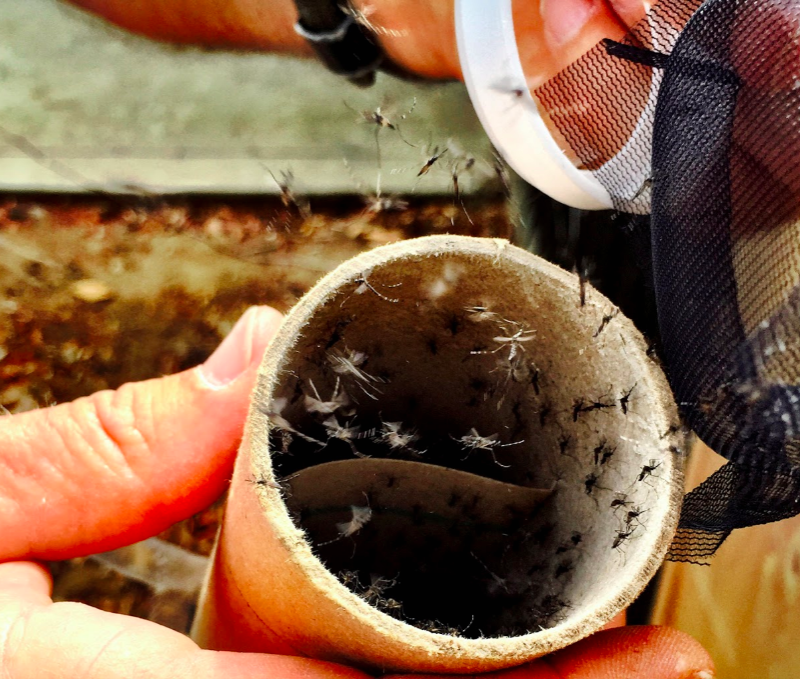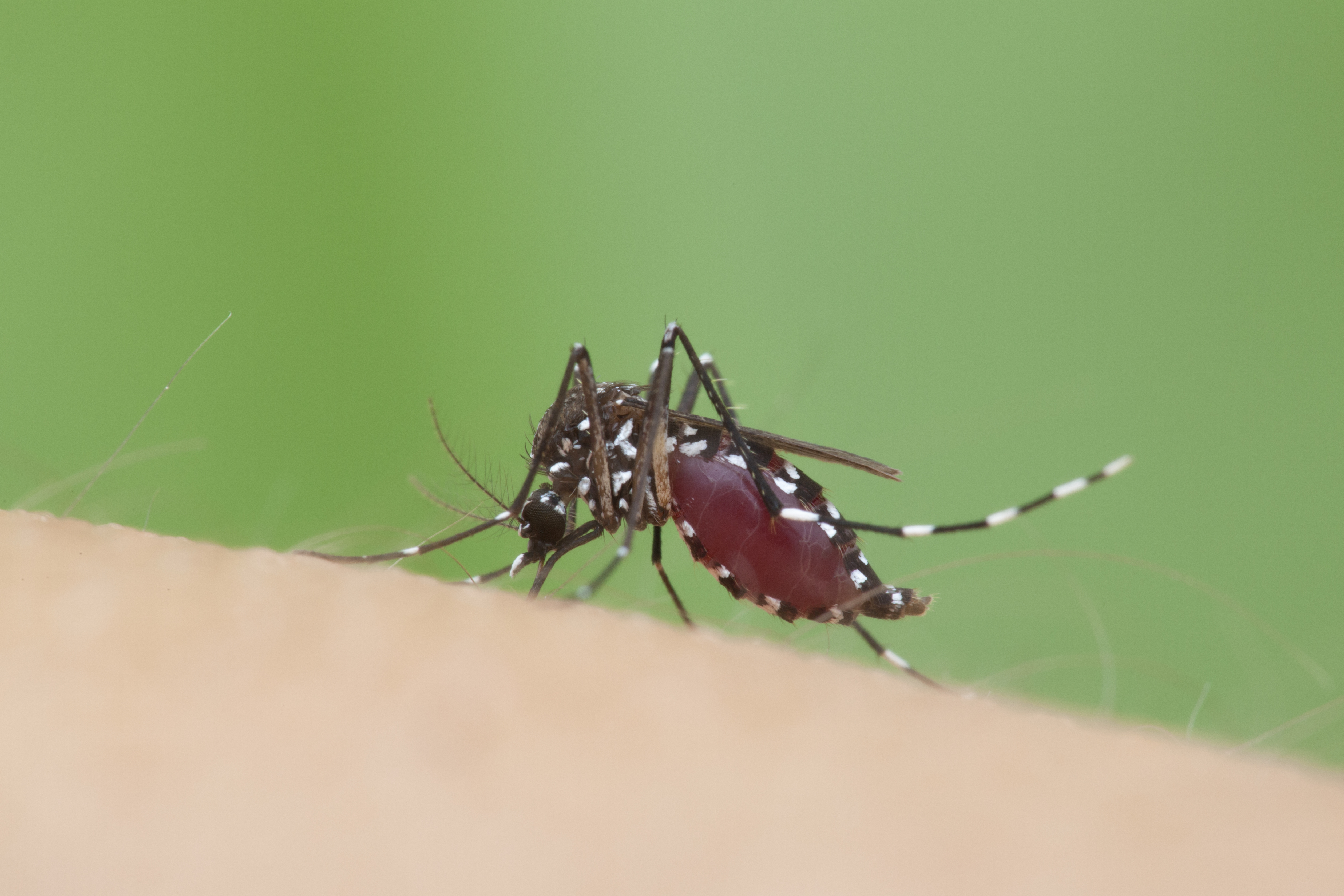The World Health Organisation (WHO) said yesterday (Sep 2) that Singapore is "a role model" for countries in its handling of the Zika cases, and praised its level of transparency and quick reporting.
Let's just hope that Singapore does not rest on its laurels.
This is because Singapore was rather slow in experimenting with the release of the bacteria-infected male mosquitoes to drive down mosquito numbers.
It was only last week that the National Environmental Agency (NEA) has revealed plans to release the male mosquitoes to three former dengue areas -- Tampines Avenue 4, Yishun Street 21, as well as Jalan Riang/Jalan Sukachita in Serangoon -- as part of a field study in October.
These male buzzers are infected with a bacteria called Wolbachia (Whoa-bak-key-ya), which makes these males sterile, and can be passed on, so either:
- the eggs of the mosquitos turn out unfertilised, or
- their offspring are infected with Wolbachia, and thus resulting in the next batch of eggs being unfertilised.
The male mosquitoes don’t feed on human blood, so you can relax.
 Differences between a male and female Aedes mosquito. Source : NEA Website
Differences between a male and female Aedes mosquito. Source : NEA Website
However, NEA's experiment isn’t the newest breakthrough.
Singapore’s involvement with Wolbachia mosquitoes has come later than other countries, who have already started exploring the idea of using these modified mozzies to combat dengue and now, Zika.
Below are three countries doing interesting stuff to initiate the mozzie wipeout:
1. China -- a mosquito breeding factory that sterilises the offspring
Five million mozzies are bred in a 39,000 square feet "factory" in Guangzhou per week.
A nearby island has 1.5 million of these special mozzies released weekly, and the mosquito population has dropped by a drastic 90%.
They are venturing into the riskier areas with this project. This project’s second phase will be to release Wolbachia-infected females into the surrounding environment, and the infection will be spread into these females’ offspring.
The researchers are also releasing these bacteria-infected male mosquitoes on a 3 km stretch of ground so that they understand its potential to reduce human infection from mosquito-borne illnesses.
The idea? To target “hot spots” for infection, cutting local mosquito populations and thereby preventing the spread of diseases like Zika and dengue.
2. Brazil -- containing the virus with Wolbachia
 Wolbachia-infected male mosquitoes have seen positive results with their impact on virus strains. Photo from mwooten on Pixabay.
Wolbachia-infected male mosquitoes have seen positive results with their impact on virus strains. Photo from mwooten on Pixabay.
What researchers have done in Brazil is to compare normal, wild mosquitoes and Wolbachia mosquitoes via studying the effects of feeding them Zika-infected blood.
The results?
The Wolbachia-infected mosquitoes had very low virus levels in their blood, and none of them contains those that are infectious.
This containing effect caused by Wolbachia could prove to be very useful in kerbing Zika’s spread.
3. United States -- coloured mosquitoes, then more mosquitoes, by the thousands.
 Tubes of these Wolbachia-infected male mosquitos are being released in California. Source: Consolidated Mosquito Abatement District Website
Tubes of these Wolbachia-infected male mosquitos are being released in California. Source: Consolidated Mosquito Abatement District Website
More than 400,000 male mosquitoes with Wolbachia are being released over 16 weeks in Clovis, California.
About 40,000 mosquitoes are released twice a week, in the mornings, carried from the laboratory in nicely secured cardboard tubes as seen in the picture above.
Prior to that, a Mark, Release and Recapture study was done. This study involved 7,000 Wolbachia-infected Aedes mosquitoes were marked with fluorescent dye. Afterwards, they were monitored for two weeks, at 50-metre distances from the original place of release, up to 400 metres.
For Tampines, Serangoon and Yishun residents, don't worry if you see more of these mosquitoes buzzing.
They just well might save your life, by making the female mosquitoes sterile and reducing their numbers eventually.
Top photo by Getty Images.
If you like what you read, follow us on Facebook and Twitter to get the latest updates.
If you like what you read, follow us on Facebook, Instagram, Twitter and Telegram to get the latest updates.
